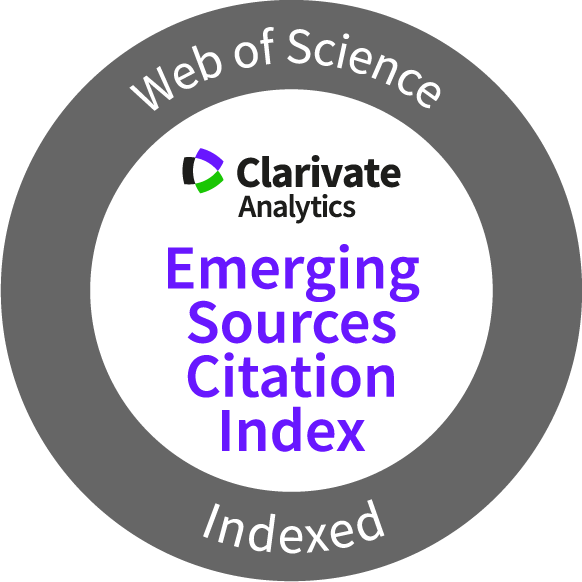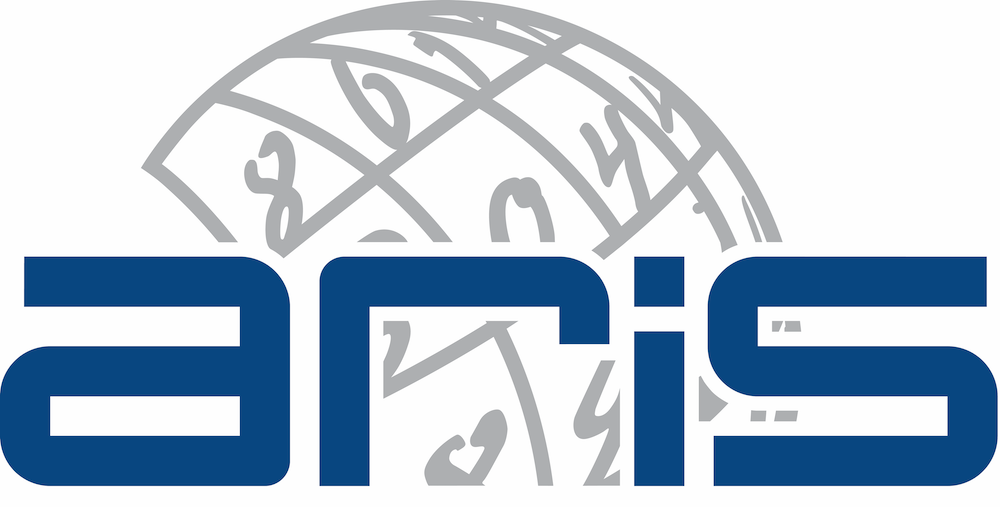Journal of Information Technology in Construction
ITcon Vol. 30, pg. 631-649, http://www.itcon.org/2025/26
Understanding Design Rationale and Intent through Natural Language Processing analysis: A search for Consensus
| DOI: | 10.36680/j.itcon.2025.026 | |
| submitted: | October 2024 | |
| revised: | April 2025 | |
| published: | May 2025 | |
| editor(s): | Amor R | |
| authors: | Simon Wyke, PhD
Department of Sustainability and Planning, Aalborg University ORCID: https://orcid.org/0000-0002-3592-7207 ssw@plan.aau.dk Søren Munch Lindhard, PhD Department of the Built Environment, Aalborg University ORCID: https://orcid.org/0000-0001-8959-1262 sml@build.aau.dk | |
| summary: | Design and construction projects have become increasingly complex throughout recent decades, resulting in a heightened focus on knowledge management. Two specific knowledge types, which have received consideration in the literature are design intent and design rationale, as means for describing what is designed and why a design is the way it is. However, a definition of what design rationale and design intent are and what they consist of, in context of the AEC industry, has not been fully explored. In this study, a literature review, was conducted to summarise the definitions of design rationale and intent presented in the existing body of scientific literature across scientific disciplines. Both qualitative evaluation of the identified literature and Natural Language Processing (NLP) was utilised, identifying the distinctions between design rationale and design intent, and their hidden specificities. The study revealed that a design project must have both explicit design rationale and intent available to be successful, which can guide a designer or project manager in the direction of unexplored design alternatives if something in the design must be changed, instead of exploring already tested and discarded solutions. The study, furthermore, showed that having DR and DI available can support decision makers during design, pre-planning, and construction to ensure that their design solution lives up to the intent of the designer or building owner, through specifying the explicit justification for the solution, and not just what the solution is, should be, or consist of. | |
| keywords: | Design rationale, Design intent, Natural Language Processing (NLS), Literature review, Building Information Management | |
| full text: | (PDF file, 0.816 MB) | |
| citation: | Wyke S, Munch Lindhard S (2025). Understanding Design Rationale and Intent through Natural Language Processing analysis: A search for Consensus, ITcon Vol. 30, pg. 631-649, https://doi.org/10.36680/j.itcon.2025.026 | |
| statistics: |





